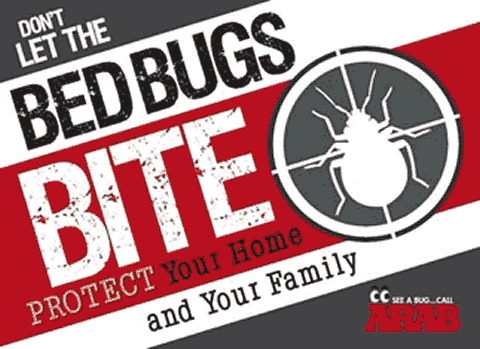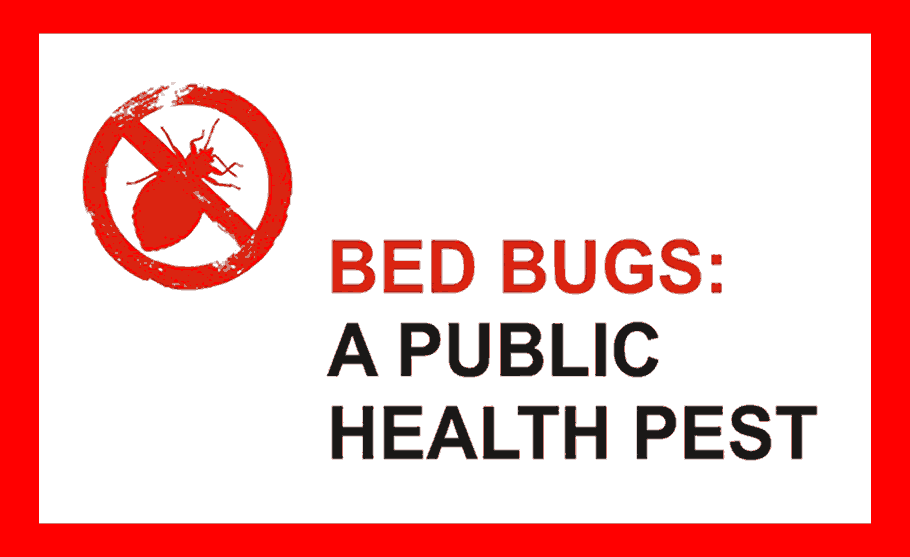Centipedes
 The house centipede, unlike most other centipedes that normally live outdoors, can live indoors especially in damp, moist basements, cellars, bathrooms, crawlspaces or unexcavated areas under the house. They are sometimes seen running rapidly across the floor with great speed, stopping suddenly to remain motionless and then resuming fast movements, occasionally directly toward the homeowner in an attempt to conceal themselves in their clothing. They have a "fearful" appearance but cause no damage to the structure, household possessions or foods. Some can bite when handled carelessly, resulting in a slight swelling or pain no worse than a mild bee sting.
The house centipede, unlike most other centipedes that normally live outdoors, can live indoors especially in damp, moist basements, cellars, bathrooms, crawlspaces or unexcavated areas under the house. They are sometimes seen running rapidly across the floor with great speed, stopping suddenly to remain motionless and then resuming fast movements, occasionally directly toward the homeowner in an attempt to conceal themselves in their clothing. They have a "fearful" appearance but cause no damage to the structure, household possessions or foods. Some can bite when handled carelessly, resulting in a slight swelling or pain no worse than a mild bee sting.
Identification
Centipedes, or "hundred-legged worms," are reddish-brown, flattened, elongated animals with many segments, most of which have 1 pair of legs. The first pair of legs is modified into poisonous jaws located below the mouth. Antennae have 14 or more segments. The house centipede is grayish-yellow with 3 dark, long stripes down the back with the legs encircled with alternating dark and white bands. The actual body length is an inch or slightly longer (wormlike), surrounded with 15 pairs of very long legs making the creature appear much larger. The last pair of legs is more than twice the body length of the female. A pair of very long slender antennae extends forward from the head. They move quickly and are sometimes mistaken for long-legged spiders. Other centipedes, found outdoors, often are more elongate with shorter legs and antennae.
Life Cycle and Habits
Centipedes are long-lived, sometimes up to 6 years. They overwinter as adults and lay eggs during the warm months. Usually eggs are laid in the soil and protected by adults. Some species give birth to living young.
Centipedes need moist habitats and those living outdoors are found in rotting wood, compost piles, mulch, wood chips, leaves, etc.
The house centipede can complete its life cycle indoors, as it prefers dampness. They mate and breed in dark cracks and crevices. Eggs hatch into larvae which have 4 pairs of legs. There may be 5 or more larval stages with the number of legs increasing with each molt. Following larval growth are 4 adolescent stages, each with 15 pairs of legs. Centipedes prey on insects, spiders and other small animals, being considered beneficial to humans. The last pair of hind legs are modified to lasso and hold the victims until they are paralyzed by venom from the jaws connected to poison glands.
The house centipede runs swiftly when disturbed and can climb walls easily. Some are found around sump pumps in basements or bathrooms and other humid, dark hiding places where they are most active at night. They usually occur in small numbers and, in spite of their fearful appearance, they are considered harmless to humans. Most in the United States do not bite humans, but a few tropical species will bite, inflicting painful wounds. The jaws of young centipedes are usually not strong enough to cause more than a slight pinch when biting.
Contact Us ~ We can help!
Hours of operation: Monday through Friday 7:30 A.M. to 4:00 P.M. EST
Arab Pest Control, a division of Lewellen Services, Inc.
232 West Main St., Logan, OH 43138
800-654-8870
![]()
![]()


![]()
Serving Central And Southeastern Ohio Since 1980 • Family Owned And Operated• Fully Licensed By The State And Bonded And Insured. • Termite Warranties • Licensed Technicians • Extensive Training and Retraining• Uniformed Technicians• Marked Vehicles• All Pest Services Offered• Able To Tailor Services To Fit Your Needs• Convenient Hours• Polite And Courteous Staff • We Use The Up To Date Chemicals And Treatment Methods To Protect Your Family And Pets • Many Treatment Services Offered• Senior Citizen Discounts





